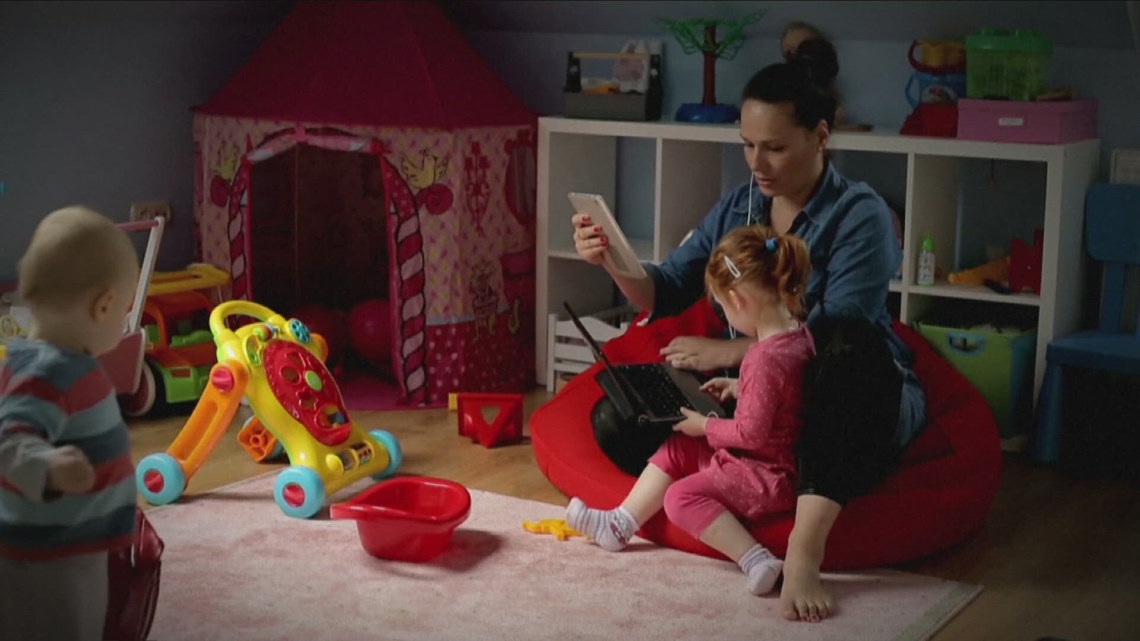Which is more expensive: rent or child care? A recent survey explored the topic.


Child Care Costs in Buffalo Outpace Rents: What You Need to Know
In a striking economic revelation, parents in Buffalo, New York, are finding themselves squeezed more than ever by the rising costs of child care, which now exceed the average rent by a considerable margin. Recent findings from a study conducted by LendingTree have sparked a conversation around budgeting in increasingly tough economic conditions, particularly for families with young children.
The Surprising Cost of Child Care
So, what’s the bottom line for families in Buffalo? According to the report, the average monthly rent for a two-bedroom apartment in the city stands at about ,160. While this figure seems manageable, the reality becomes more challenging when you compare it with the costs associated with child care, which balloon to roughly ,400 a month. That’s a staggering 0 more than what families are spending on housing.
Matt Schulz, chief credit analyst for LendingTree, recently discussed these alarming statistics with local news outlet 2 On Your Side, effectively shining a light on the broader implications for families navigating these financial waters. Schulz noted, “What we found was that Rochester, Buffalo, Syracuse, and some of the larger cities in upstate New York had some of the biggest discrepancies between child care costs and rent costs of any major cities in America.”
Financial Strain on Families
The ramifications of these findings go beyond mere numbers; they reflect a harsh reality for many families. With the cost of child care rising to 22 percent above the rent price in Buffalo, parents are grappling with significant financial strains. In fact, this margin is the third highest in the nation. These figures reveal a worrying trend that many are struggling to manage, especially those who might already be living paycheck to paycheck.
The national picture is equally concerning. LendingTree’s report highlighted that in 91 out of the 100 largest U.S. metropolitan areas, the average monthly expense for full-time, center-based care for two children exceeds that of monthly rent. Alarmingly, in nine of those regions, families face child care costs that are double what they pay for housing. This unsettling dynamic raises critical questions about how families can allocate their budgets effectively.
The Bigger Picture
The statistics present a stark glimpse into a growing crisis in child care affordability, not just in Buffalo but across the United States. As Schulz pointed out, this challenge impacts many households, and the pressure is likely to intensify as economic conditions fluctuate.
Families are often left choosing between essential needs like housing and quality child care. High prices for child care can force parents, especially mothers, to scale back their work hours or even leave the workforce altogether, leading to broader economic consequences. In many cases, having access to affordable child care is pivotal for parents to pursue career advancement, which in turn can help boost local economies.
The Conversation on Solutions
Discussions around these issues are crucial as local governments, policymakers, and organizations consider potential solutions. Increased funding for child care subsidies, investment in affordable housing options, and community programs aimed at supporting families can all play integral roles in alleviating this pressing concern.
In conclusion, the urgent need for more affordable child care options in places like Buffalo is clear. With rental costs burdening families and child care expenses surpassing those of housing, the interplay between these two essential needs requires immediate action and ongoing discussions. Buffalo’s families are bearing the brunt of this financial strain, but with awareness and advocacy, there can be hope for improvement and stability in their futures.
As we watch this situation evolve, it’s vital to keep the conversation alive. By emphasizing the importance of affordable child care and housing, we can start working towards an environment that supports families rather than working against them.
From navigating the complicated landscape of parenting to advocating for policy changes, an engaged community can make a real difference in the lives of families not just in Buffalo, but across the country.





